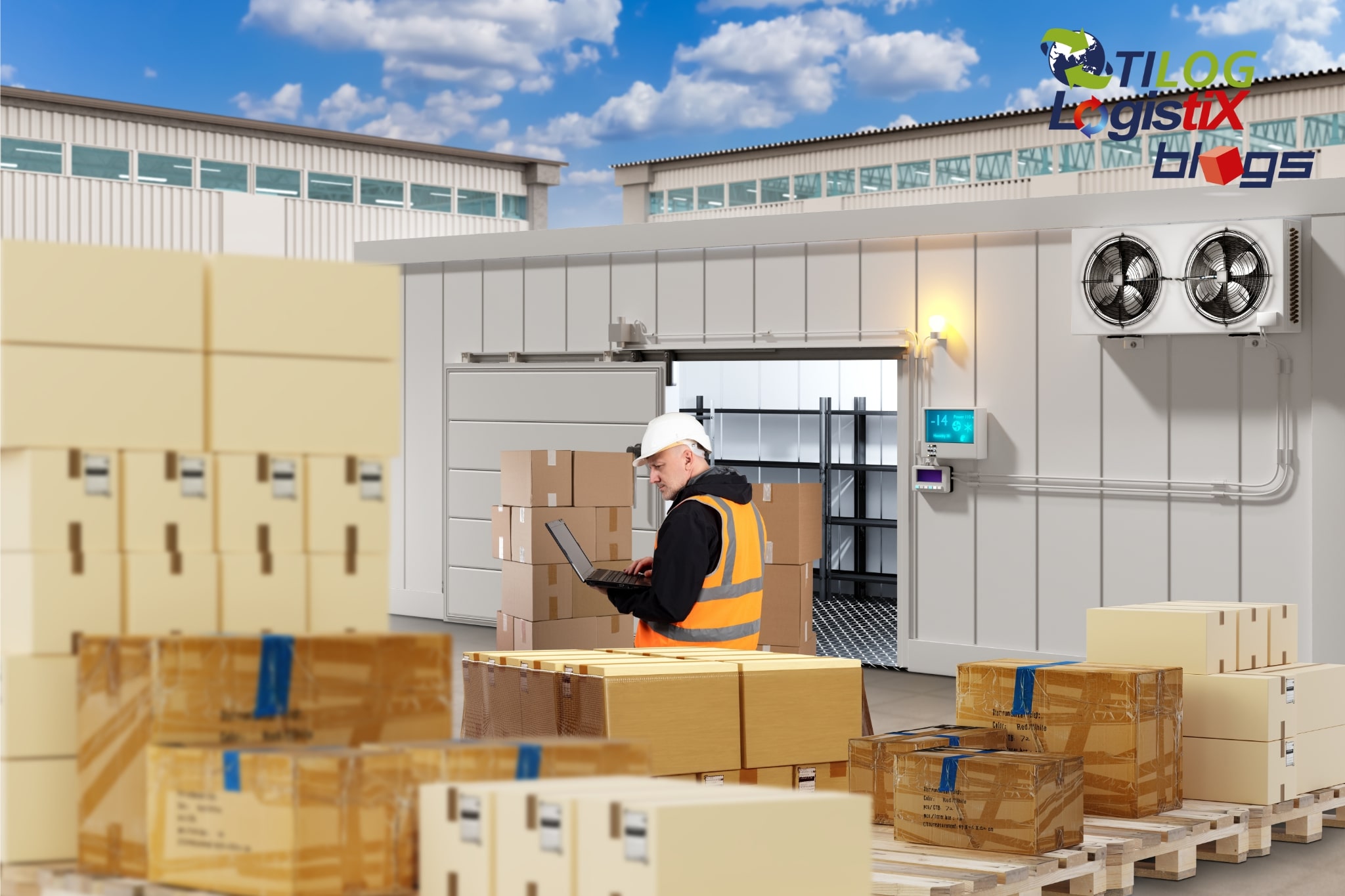
In the intricate world of cold chain logistics, packaging is not merely a container but a critical component that ensures the integrity, safety, and sustainability of temperature-sensitive products from origin to destination. As the demand for perishable goods grows globally, the need for innovative packaging solutions that can enhance cold chain efficiency, reduce waste, and contribute to sustainability goals has never been more apparent. This blog post explores groundbreaking packaging innovations reshaping cold chain logistics, spotlighting advancements often overlooked in mainstream discussions.
Smart packaging: beyond traditional boundaries
Intelligent indicators: smart packaging technologies, such as time-temperature indicators (ttis) and freshness sensors, offer a dynamic way to monitor the condition of perishable goods throughout the cold chain. These indicators can provide real-time data on whether the products have been exposed to temperature abuses that could compromise their quality and safety.
Impact: research published in the journal of food engineering highlights how ttis can significantly reduce food waste by providing more accurate information on product safety and quality, leading to better decision-making in logistics and inventory management.
Phase change materials (pcms) for temperature control
Maintaining optimal conditions: pcms are substances that absorb or release heat during phase transitions (e.G., from solid to liquid). Incorporating pcms into packaging materials can help maintain specific temperature ranges, crucial for sensitive pharmaceuticals and perishables, without continuous energy input.
Application: a study in the international journal of refrigeration showcases how pcm-enhanced packaging can extend the thermal protection of products by several hours, even in the absence of active cooling, thus ensuring product integrity during temporary breaks in the cold chain.
Edible and biodegradable packaging materials
Sustainability meets innovation: the shift towards sustainable packaging solutions has led to the development of edible and biodegradable packaging made from natural materials like seaweed, plant starch, and cellulose. These materials not only reduce waste and carbon footprint but also offer additional protection against oxygen and moisture, two critical factors in the spoilage of food products.
Advancements: innovations such as seaweed-based packaging films, highlighted in sustainability journal articles, demonstrate these materials’ effectiveness in extending shelf life while supporting environmental sustainability efforts.
Vacuum insulation panels (vips) for enhanced thermal insulation
Superior insulation performance: vips consist of a gas-tight envelope surrounding a rigid core from which the air has been evacuated. Used in packaging, vips provide exceptional thermal insulation, significantly reducing the thickness and weight of insulated containers compared to traditional materials.
Benefits: the adoption of vip technology in cold chain packaging can lead to lighter, more space-efficient containers that offer superior temperature control, as documented in case studies by logistics companies experimenting with vip-enhanced shipping solutions for pharmaceuticals and perishables.
Active packaging systems
Actively managing product environment: active packaging systems go a step further by actively altering the conditions within the packaging to extend the product’s shelf life. Technologies include oxygen scavengers, carbon dioxide emitters, and moisture control systems that can adapt to the product’s needs and external conditions.
Emerging trends: the development of active packaging solutions incorporating nanotechnology and microencapsulation techniques is on the rise, offering targeted and controlled release of preservatives or antioxidants, as explored in recent food packaging and shelf life journal publications.
Conclusion
Packaging innovations are playing a pivotal role in transforming cold chain logistics, offering solutions that extend beyond mere containment to actively enhance the efficiency, safety, and sustainability of transporting temperature-sensitive goods. From smart packaging that provides real-time monitoring to sustainable materials that address environmental concerns, these advancements are setting new standards in the industry. As these technologies continue to evolve and gain adoption, the future of cold chain logistics looks promising, marked by increased efficiency, reduced waste, and a stronger commitment to sustainability.
